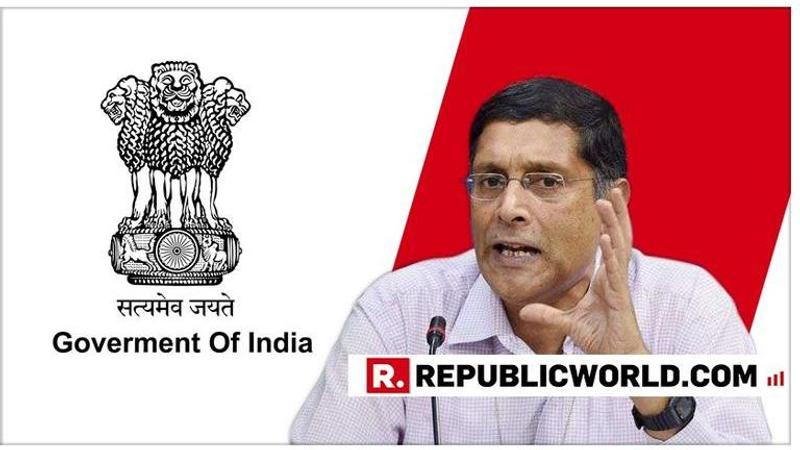Published 17:30 IST, June 12th 2019
Centre responds to former CEA Arvind Subramanian's claims of overestimation in GDP, says 'will come out with a point-to-point rebuttal'
Responding to former Chief Economic Adviser Dr. Arvind Subramanian's recently published paper which says that India’s GDP growth has been overestimated by 2.5%, the Economic Advisory Council (EAC) on Wednesday has said that it would examine the estimates made in the paper and come out with a point-to-point rebuttal in due course.

Responding to former Chief Economic Adviser Dr. Arvind Subramanian's recently published paper which says that India’s GDP growth has been overestimated by 2.5%, the Economic Advisory Council (EAC) on Wednesday has said that it would examine the estimates made in the paper and come out with a point-to-point rebuttal in due course.
Claiming that Subramanian is still unsure of India's growth, the EAC also said that while these issues may have been raised by Subramanian during his tenure in the government, he has taken his time to understand the numbers.
Earlier on Tuesday, the former Chief Economic Adviser had deduced that India’s economic growth rate has been overestimated by around 2.5 percentage points between 2011-12 and 2016-17 due to a change in methodology for calculating GDP. He had further said that while official estimates pegged average annual growth during this period at about 7%, the actual growth may have been 4.5%.
His paper titled "India's GDP Mis-estimation: Likelihood, Magnitudes, Mechanisms, and Implications" was published on Tuesday which mainly spoke about the new GDP series, its controversies and the policy implications of having false data.
Recalculating the growth rates, Subramanian states in his paper that "Manufacturing is one such sector where the calculations have been largely mismeasured," due to which he claims that while “Official estimates place annual average GDP growth between 2011-12 and 2016-17 at about 7 percent. We estimate that actual growth may have been about 4.5 percent with a 95 percent confidence interval of 3.5 - 5.5 percent.”
Talking about the policy implications of the miscalculation he said that growth must be restored at the highest priority adding that GSP estimation must be revisited.
“Macro-economic policy too tight. The impetus for reform possibly dented. Going forward, restoring growth must be the highest priority, including to finance government’s laudable inclusion agenda. GDP and the entire national income accounts estimation must be revisited,” he writes in his paper.
Apart from policy implications, Subramanian, who worked in the Narendra Modi-led government in 2014-2018, also states in his paper, the differences in the new GDP estimation method and the old one.
Updated 17:59 IST, June 12th 2019




